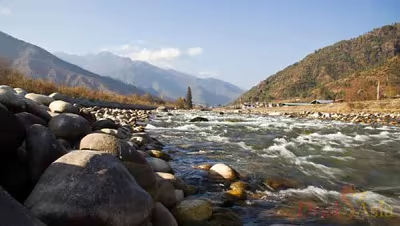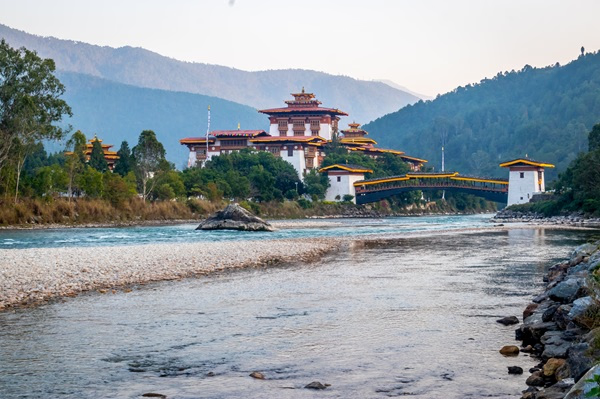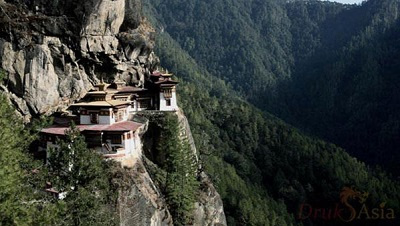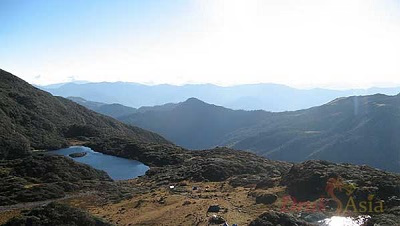Most Popular Bhutan Tour Packages
 10 Day Discover Bhutan Travel Plan
10 Day Discover Bhutan Travel Plan
Traverse from the spirited Thimphu to the serene Paro, with the hidden valleys of Punakha, mystical Bumthang, and tranquil Gangtey unfolding tales as old as the mountains themselves.
 7 Days Luxury Retreat in Bhutan
7 Days Luxury Retreat in Bhutan
Pamper yourself in the serene beauty of Bhutan with this exclusive 7-day luxury retreat. This experience combines Bhutan’s breathtaking landscapes with indulgent accommodations, cultural exploration, and rejuvenating wellness.
Most Popular Bhutan Trekking Packages
 7 Day Magical Bhutan with Bum-Dra Trek
7 Day Magical Bhutan with Bum-Dra Trek
Imagine waking up to the serene beauty of Bhutan's sunrise, with a day ahead filled with cultural wonders and the thrill of a short trek leading to breathtaking views of the iconic Taktsang Monastery from above.
 9 Day DrukPath Trek
9 Day DrukPath Trek
DrukPath Trek, a beautiful 9-day trek that starts at Ta Dzong, Paro and ends at the road above the Takin Sanctuary, Thimphu. Let’s plan your trip now!
 11 Day Jomolhari Trek
11 Day Jomolhari Trek
Embark on Bhutan's most beloved trek, where every turn reveals magical landscapes, a rich diversity of flora and fauna, and the awe-inspiring majesty of Mount Jomolhari. Let’s plan your trekking tour now!
Bhutan is calling—are you ready to answer?
With our passionate Travel Specialists by your side, your perfect Bhutan adventure is just a conversation away. Start planning your extraordinary adventure today.
Contact Us
